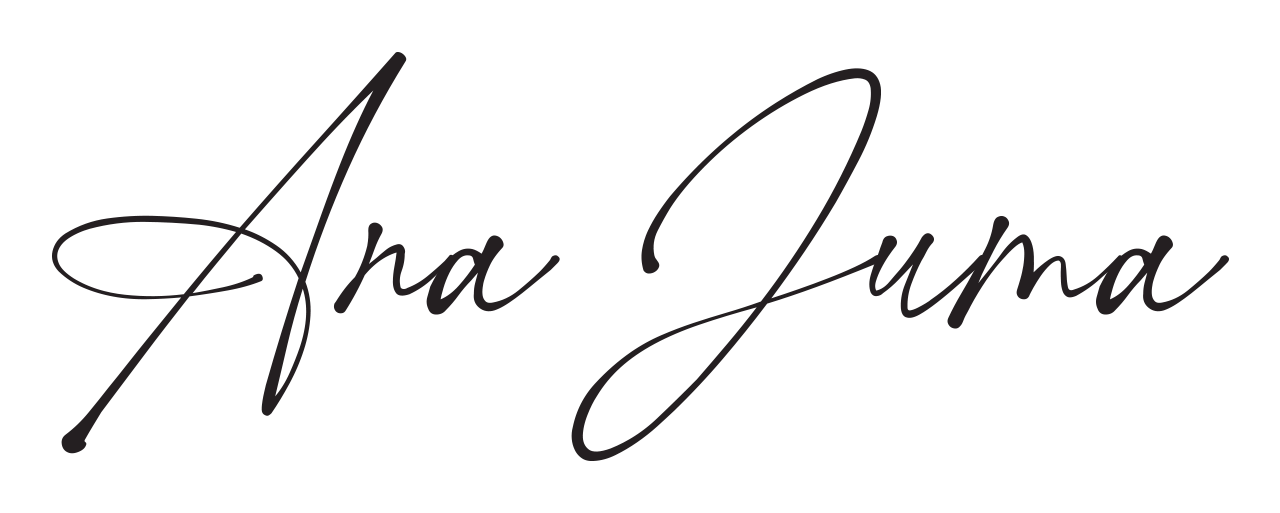What Is Junk Journaling and How to Get Started

About Ana Juma
Keeping a diary from a young age has encouraged me to explore writing as a vehicle of self-discovery and expression. Today, I support individuals nourishing and healing their inner lives through words, so we can find meaning in experiences and co-create a kinder world.
Table of Contents
Pin for later!
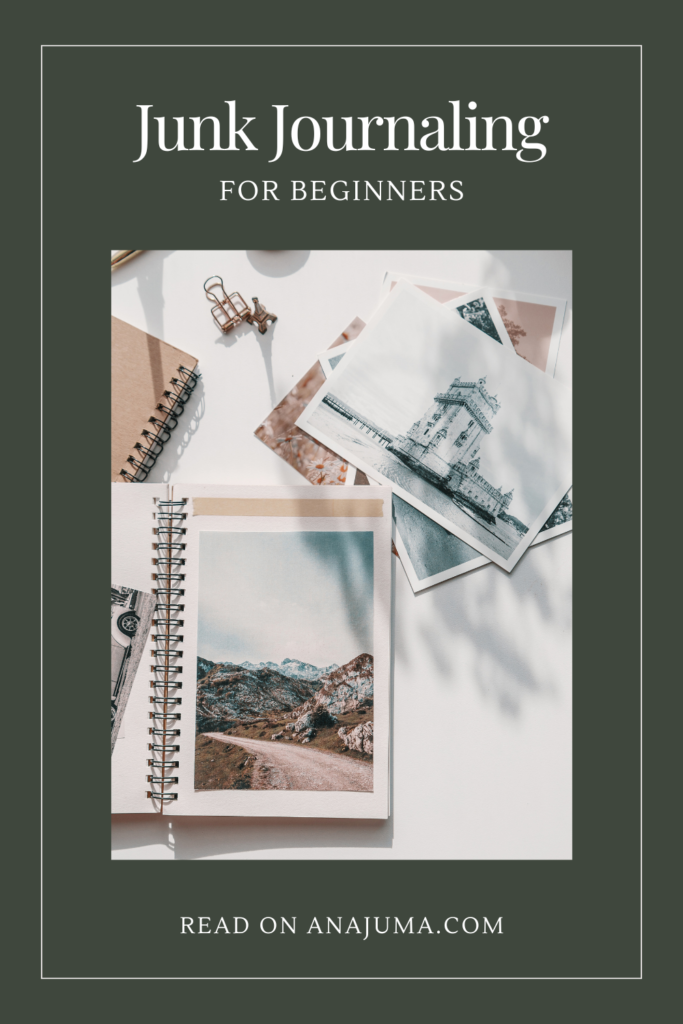
Let's Connect
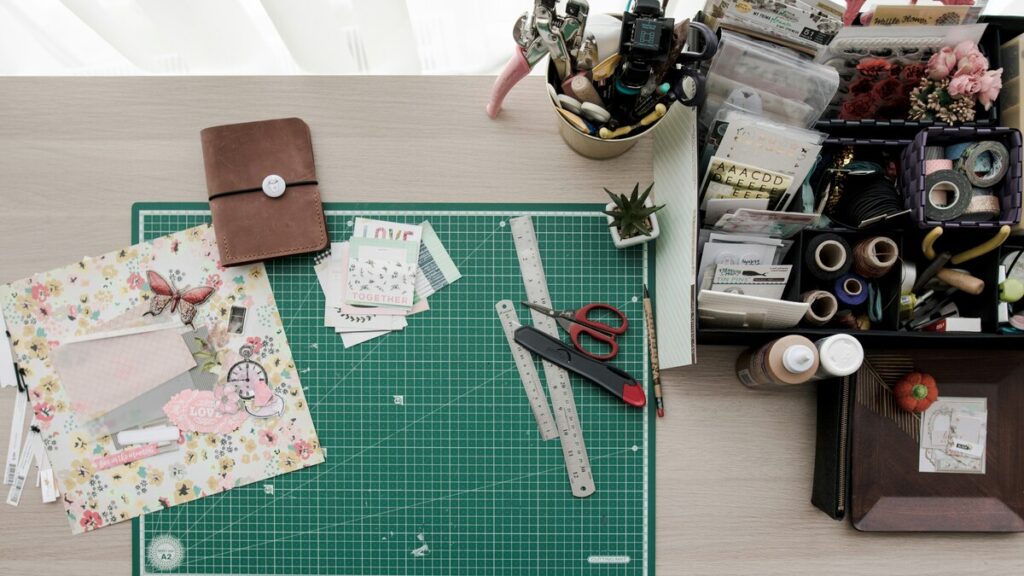
You might have seen pictures and videos on social media of junk journaling. But what exactly is junk journaling?
Simply put, junk journaling is a form of art journaling.
Originally, the term “junk” comes from this being a type of journaling that combines recycling materials with art and self-expression, turning everyday discarded or unwanted materials — think old paper notes, random buttons, fabric scraps — into treasures.
Alternatively, you can use brand-new materials such as stickers, washi tape, and photos. We’re going to cover that later, and so much more:
- What Is a Junk Journal?
- Reasons to Have a Junk Journal
- How to Start Junk Journaling
- Junk Journal Ideas & Supplies
- Frequently Asked Questions
Let’s start with the basics. 🙂
What Is a Junk Journal?
While junk journaling is the practice, a junk journal is the end result.
Traditionally, a junk journal is a personal book filled with found and repurposed materials to be used as a practice to collect one’s memories, thoughts, ideas, and inspiration.
Unlike other types of journals, which often use new and uniform pages, junk journals embrace a mix of textures, colors, and elements. They can include anything from old book pages and magazine clippings to fabric scraps, postcards, and tea bags.
Each page in a junk journal is unique, reflecting the creator’s style and imagination. You can use them to document your thoughts or memories creatively, but also give life and purpose to items that otherwise might be thrown away.
The result is a one-of-a-kind, personalized book. You could think of it as a piece of art that tells the story of your life in a non-conventional way.
Here are some examples of what a junk journal can look like:
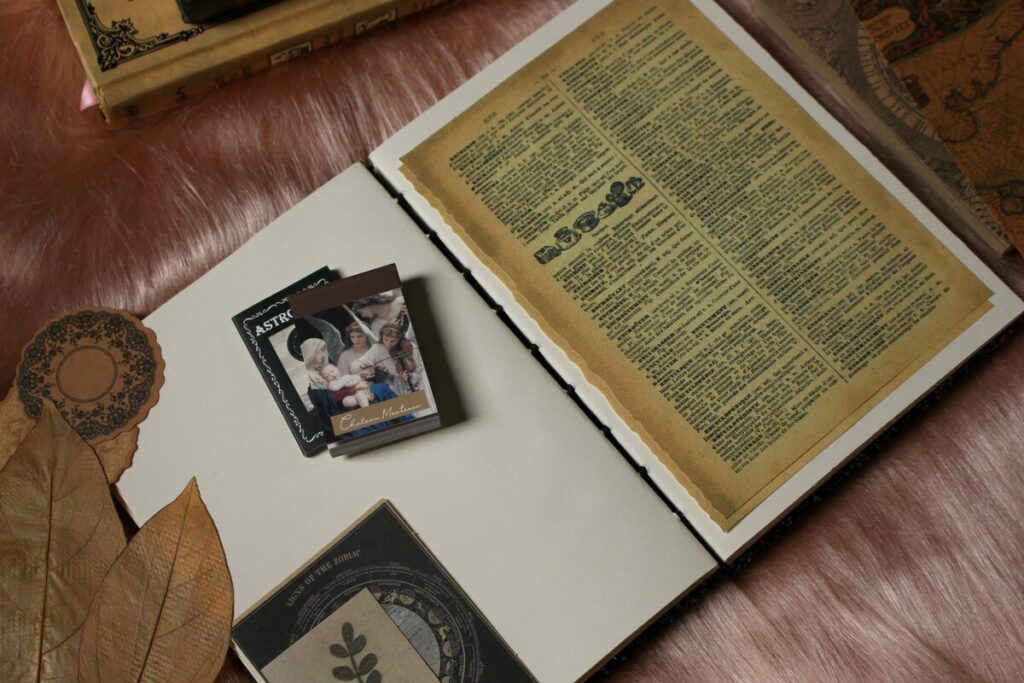
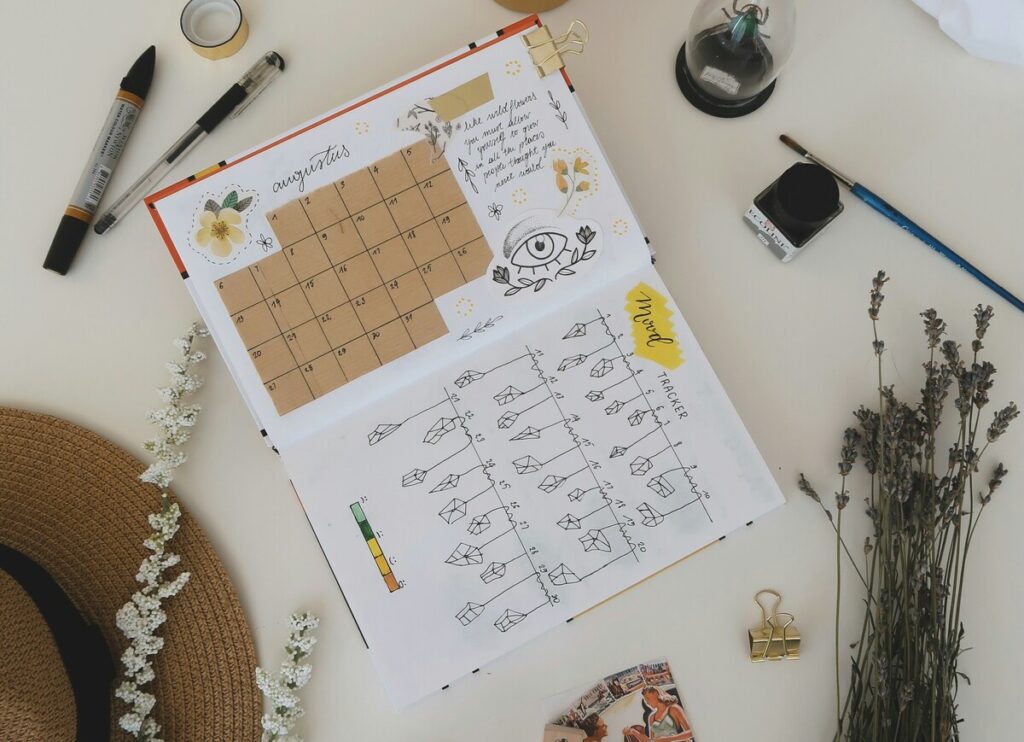
Remember that your junk journal reflects your inner world — and that is unique to you. It tells your life stories, personality, dreams, and aspirations. While seeing other people’s junk journals can serve as inspiration, be mindful that there are no rules to follow.
The purpose is to focus on the process and craft what feels true to you. In the words of Theodore Roosevelt, “comparison is the thief of joy.”
Reasons to Have a Junk Journal
We may all have heard about the incredible benefits of journaling, such as releasing anxiety or practicing more gratitude. But journaling is more than that. Here are a few compelling reasons to keep a junk journal:
1. Document your life
The great thing about a junk journal is that you can use it to document your life uniquely and adapt it to your personal needs. Take, for example:
- Gratitude journals. You can create a space to reflect on and document things you’re thankful for in your own creative and unique style. What if you kept that little flower, your niece gathered for you? Or what if you glued with glitter and colors the concert ticket where you met your loved one? Imagine the sense of joy and contentment you’d feel seeing these little artifacts in a few years.
- Planners. Having a junk journal as your weekly or monthly planner is a great way to organize your tasks, set goals, track your progress, and remember significant events. They can all be made into a personal format, which might encourage you to follow them closely, as you personally (and manually) engage in the process of crafting your plan.
- Memory books. Junk journals make wonderful memory books, capturing special moments, travels, and personal milestones. They may all be gathered up in a creative and tangible autobiography of symbolic experiences that have enriched your life.
There are just a few ideas to explore as you think about creating your first junk journal. However, remember that possibilities are endless, so any journal concept of documentation you may think of can be creatively adapted to a junk journal.
2. Cultivate mindfulness
Engaging in this tactile and immersive activity can be a form of mindfulness, helping to reduce stress and promote a sense of calm. As you focus on selecting materials, arranging layouts, and decorating pages, you can enter a meditative state that provides a break from daily worries and distractions.
There is a growing amount of research focusing on the benefits of craftwork for the human mind. As our fast-paced world becomes more and more digitalized, engaging in creative work with your hands can be a well-deserved therapeutic break from all the technology that surrounds us.
It’s all about enjoying and reaping the benefits out of the process, rather than only looking forward to the outcome. Although, of course, it’s going to be a nice one. 🙂
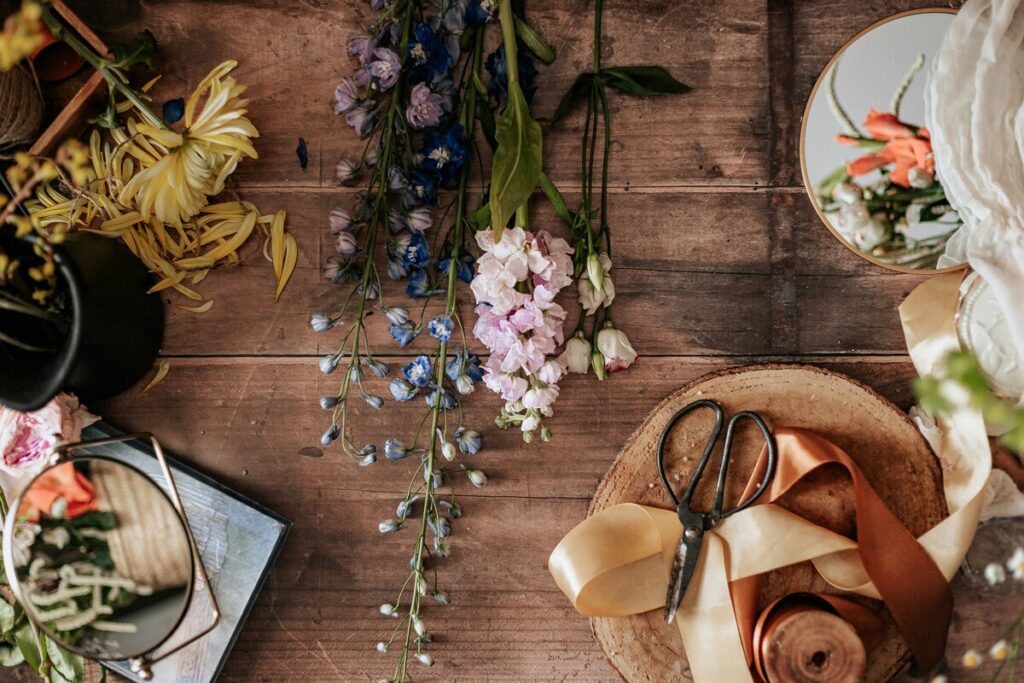
3. Enhance your creativity
Many people use this practice to find inspiration in seemingly mundane objects or materials day by day. Not only does it encourage you to have a more mindful approach to consumption, but it also sparks your creativity.
Junk journaling takes you out of your comfort zone, by making you think outside the box. You may use a variety of materials in imaginative ways, which leads to endless experimentation with textures, colors, and layouts.
You may utilize old papers, fabric scraps, and other found objects that otherwise might be discarded. If you think that craftwork is only appealing or helpful for kids and teenagers, you may be surprised to find out that science encourages adults to engage as well.
One 2018 study outlines that long-term involvement in crafting activities plays a significant role in life satisfaction and successful ageing.
Moreover, the research found that other factors improved in the participants’ lives, such as their sense of identity, spirituality, overall feeling of calm in everyday life, and sense of recognition from others.
4. Gift it to someone special
If you’re the kind of friend who wants to offer thoughtful and unique gifts, a junk journal may be a great option for you. As it’s handmade and personalized, it shows a level of care and effort that store-bought presents often lack.
You can tailor it to your dear ones’ tastes and interests, making it a meaningful keepsake they will cherish. The experience of creating it might also be fun for you, offering a moment of reflection upon your friendship, diving deeper into how well you know their preferences, or revisiting special memories you created together.
How to Start Junk Journaling
The process of crafting your junk journal may require time and dedication, but it’s much simpler than it sounds. Here’s what you need to know when getting started:
1. Find a purpose or a theme
If you’re someone who needs some structure and guidance, you can start by deciding what you’re creating the journal for. Whether you want it to be a travel journal, a gratitude journal, a planner, or a memory book, a clear purpose will guide your design choices. Remember why junk journaling is important to you!
Themes can range from vintage and whimsical to minimalist and modern, all depending, of course, on your style and intended use of the journal. However, it’s not mandatory to have a set theme, as you can use your creativity to craft a multi-purpose book.
2. Gather supplies
The first step is to pick an assigned journal that works best for you. Assembling your junk journal often starts by choosing a binding method. Therefore, you can:
- Use a simpler stapler
- Sew the page together with a needle and thread (color of your choice)
- Use rings or a spiral binder for a more flexible format
- Or just use an already-bought inspiring journal and decorate it according to your taste
Then, you can collect a variety of materials that you can use in your junk journal. Make sure you enjoy this step without the pressure of finding the perfect supplies. Keeping it simple is also beautiful! The goal is to craft whatever feels true to you, aligned with your needs and aspirations.
Lastly, to enhance your crafting abilities and personalize your journal even more, you may need some basic tools, such as:
- Glue
- Tape
- Scissors
- Paints
- Glitter
- Markers
Don’t be afraid to think outside the box and repurpose items that might otherwise be thrown away.
3. Put them together
All right, let the fun begin! Start arranging your collected materials on the pages, gluing, or taping them in place. Feel free to cut and shape your materials to fit your vision, and add personal touches through painting, stamping, or printing.
And, most important of all, find joy and calm while doing so!
If you need some extra inspiration, or a visual representation to grasp the process, here’s a junk journaling tutorial for beginners to help you along the way:
4. Have a designated place for materials
This step is preparing you for future entries in your junk journal that you may not have even thought about. Set up a dedicated space or container to collect materials for future use.
This could be a drawer, a box, or a designated area on a shelf. Having a go-to spot for gathering supplies ensures that you always have a variety of items at hand when inspiration strikes. Regularly add to your collection, keeping an eye out for interesting textures, colors, and patterns in everyday objects.
5. Make it a practice
Making junk journaling a regular practice can be a truly rewarding and relaxing routine. You can start by setting aside a little time each week to work on your journal, allowing yourself to unwind and let your creativity flow.
The more you make it a habit, the more you’ll see the benefits — enhanced creativity, a greater sense of mindfulness, and a wonderful way to track your personal growth. You’ll get to experiment with new ideas and materials, and watch your skills blossom over time.
Junk journaling isn’t just a hobby; it’s a fun and meaningful way to capture your thoughts, memories, and inspirations, turning everyday moments into a beautiful, personalized keepsake. With each page you create, you’ll find more joy and fulfillment, making it a cherished part of your routine.
Junk Journaling Ideas & Supplies
Here are a few junk journaling ideas to start with:
- Themed pages. Create pages based on specific themes, like seasons, holidays, or travel destinations.
- Memory keeping. Document special events, trips, or milestones with photos, tickets, and other memorabilia.
- Artistic expression. Use your junk journal as a canvas for doodling, painting, or practicing calligraphy.
- Gratitude journaling. Dedicate pages to things you’re thankful for, using words, images, and embellishments.
- Daily life. Capture snippets of your daily life with to-do lists, quotes, or reflections.
- Nature inspiration. Incorporate elements from nature, such as pressed flowers, leaves, or sketches of outdoor scenes.
- Mood boards. Create mood boards or inspiration pages for projects, dreams, or future plans.
- Recipe collection. Collect and decorate your favorite recipes, adding personal notes and memories associated with them.
- Book reviews. Record your thoughts and quotes from books you’ve read, along with creative decorations.
And of course, here’s some inspiration on what supplies you might prepare:
Basic materials
- Old book pages, magazine clippings, and newspapers
- Fabric scraps, ribbons, and lace
- Buttons, beads, and sequins
- Postcards, greeting cards, and photographs
- Envelopes, tags, and labels
- Tickets and receipts
Crafting Tools
- Scissors, craft knives, and cutting mats
- Glue, tape, and adhesive dots
- Paints, markers, and colored pencils
- Stamps, ink pads, and stencils
- Hole punches, brads, and eyelets
Additional supplies
- Washi tape, stickers, and embellishments
- Scrapbook paper, cardstock, and vellum
- String, twine, and decorative threads
- Printed images, quotes, and patterns from online sources
By gathering these materials and tools, you can transform everyday items into beautiful, personalized pages. Junk journaling is not only a creative outlet but also an eco-friendly and cost-effective way to document and cherish your memories and inspirations.
Frequently Asked Questions
In case you’ve got more questions on your mind, here are the most frequent ones I come across on the theme of junk journaling:
1. What is the difference between a scrapbook and a junk journal?
A scrapbook is typically more structured and organized, focusing on preserving photos and detailed memories in a neat and often thematic way. It usually contains more store-bought supplies like patterned papers, stickers, and embellishments.
In contrast, a junk journal is more eclectic and freeform, using mostly recycled and repurposed materials. Junk journals are more about creative expression and less about strict organization, allowing for more artistic and spontaneous techniques.
2. What kind of paper is used for junk journals?
Junk journals can use any type of paper, making them incredibly versatile. Common choices include old book pages, magazine clippings, scrapbook paper, wrapping paper, postcards, envelopes, and even fabric or wallpaper scraps.
The key is to mix different textures, colors, and patterns to create an interesting and unique look. There are no strict rules, so feel free to experiment with various types of paper and materials you have on hand.
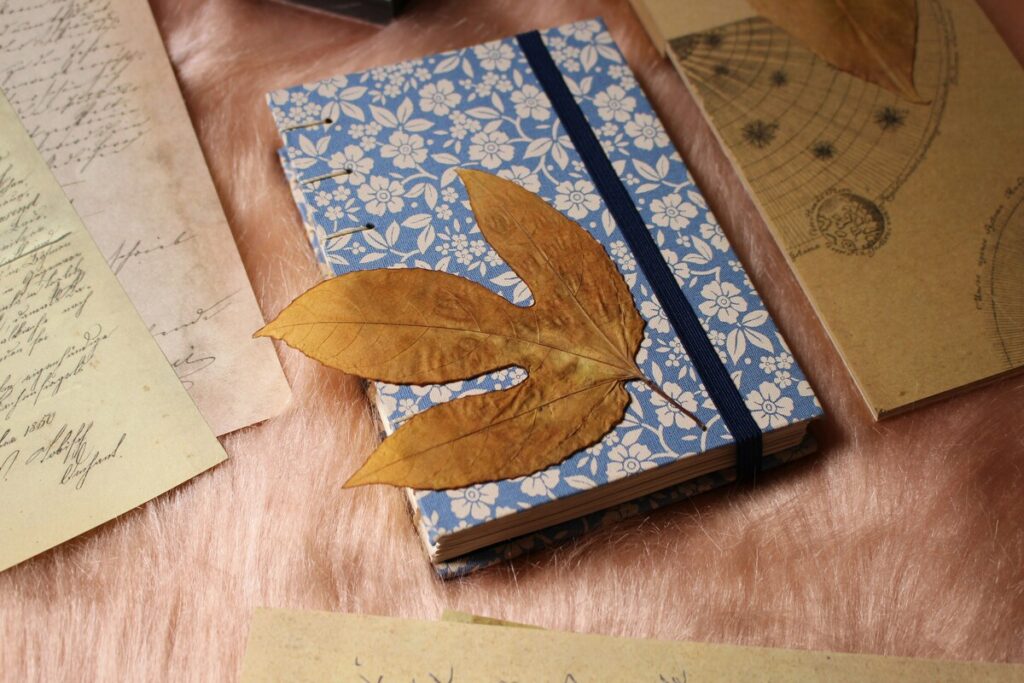
3. Is junk journaling expensive?
Junk journaling can be very affordable, especially since it emphasizes using recycled and repurposed materials. Many of the supplies needed can be found around your home or obtained for free.
While you can purchase additional crafting tools and embellishments if desired, the essence of junk journaling lies in creativity and resourcefulness, making it a cost-effective hobby.
4. Where can I find inspiration?
Inspiration for junk journaling can come from many sources. Nature, magazines, online platforms like Pinterest and Instagram, and other crafters’ work are great places to start.
Visiting thrift stores, flea markets, and garage sales can provide unique materials and ideas. Additionally, everyday objects and experiences can spark creativity — keep an eye out for interesting textures, colors, and patterns in your surroundings.
5. Do I need to be an artist to create a junk journal?
Absolutely not! Junk journaling is about personal expression and creativity, and there are no rules or limitations. It’s a fun and forgiving craft that anyone can enjoy, regardless of their artistic skill level.
The beauty of junk journaling lies in its imperfection and the unique, personal touch each creator brings to their journal. It can also become a great practice for your potential artistic pursuits.
Enjoy the Process!
Remember how, as children, we would spend hours crafting things for fun and pleasure? Feel free to invite the same kind of excitement and sense of exploration into your creative process.
Creating a junk journal recaptures a similar sense of wonder and imagination, the one that we so naturally had when we were little. And the best part of it all is that, right now, as an adult, you may enjoy it consciously while connecting to the joy of self-expression.
If you need some structure and guidance, know that I’ve created a 7-day beginner’s guide to journaling. You can use the prompts as a challenge to find your creative answers through junk journaling techniques. All you have to do is leave your email below and let your creativity guide you along the way.
7-Day Free Journaling Journey
Keeping a journal for personal growth is one of the most powerful, yet simple (and affordable) rituals you can cultivate. Join me to receive daily emails for a week to help you start writing a journal today.

Hello, I'm Juma
Keeping a diary from a young age has encouraged me to explore writing as a vehicle of self-discovery and expression. Today, I support individuals nourishing and healing their inner lives through words, so we can find meaning in experiences and co-create a kinder world.
Pin for later!

